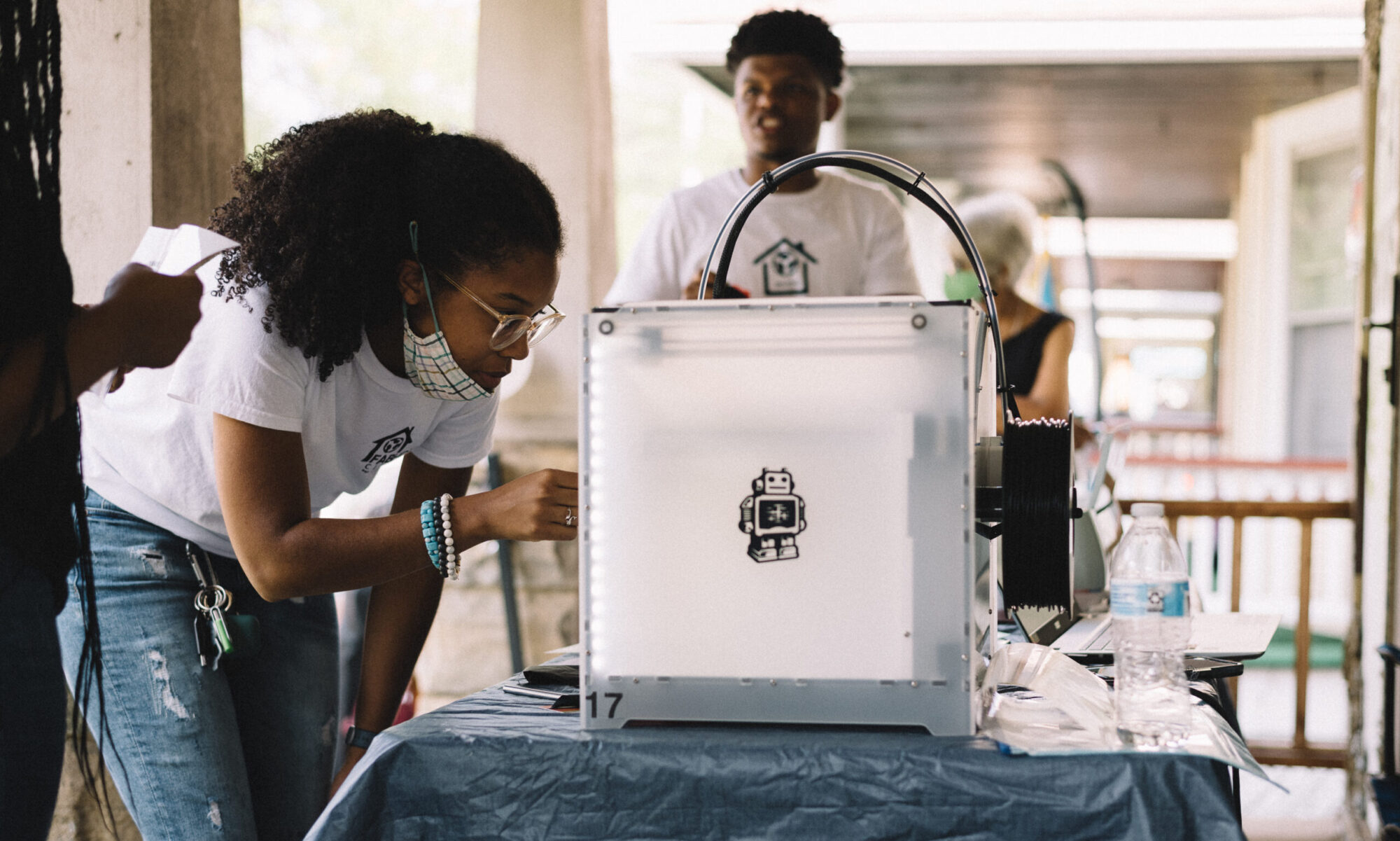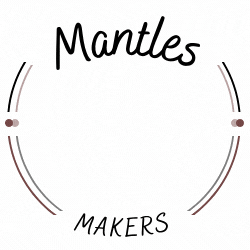Плюсы онлайн гэмблинг-платформ с сертификатом для ставок на финансы
Подбирая виртуальное казино для азартной игры на деньги, необходимо первым делом акцентировать внимание на наличии лицензии у оператора. Такое предохранит от визита на подозрительных сайтов-однодневок, цель которых – это мошеннический заработок. Сертифицированное виртуальное казино ап икс предоставляет пользователям надежные условия для игры, продвинутую систему бонусов и большой выбор игровых автоматов. Указанные плюсы раскрывают особенности геймерской системы не в полном объеме. Дополнительная сведения, что содействует лучше ознакомиться с интернет-клубом.
Главный сайт игорного заведения предлагает минималистичный оформление и функциональный UI. Грамотно продуманное разделение ключевых секций обеспечивает возможность мгновенно отыскивать необходимую данные, а строка поиска – автоматы и слоты. На главной веб-странице не представлены кричащие промо афиши, отвлекают концентрацию геймеров. На этом сайте вы можете обнаружить действующие или будущие акции и другие специальные предложения.
Портал локализован на различные языковых опций и доступен для посещения игроками из многочисленных государств и зон. Когда вход к основному интернет-порталу по каким-либо основаниям отсутствует, можно использовать актуальное зеркало. Данный альтернативный сайт, удерживающий целый функционал базового ресурса, а также игровые материалы и дизайн. Основным отличием зеркала является его местоположение на альтернативном домене, что не оказывает влияния на геймплей.
Особенности законного интернет казино с однорукими бандитами
Главные достоинства виртуального казино up-x с сертификатом вот такие:
- осуществление компанией официальной операций гарантирует игрокам честные и ясные условия взаимоотношений;
- высокий показатель безопасности и обеспечение выдачи выигранных финансов;
- предоставление 24/7 входа к гэмблингу;
- точное соблюдение атрибутов игровых автоматов определённым свойствам;
- любые неоднозначные обстоятельства урегулируются в границах правового поля;
- постоянное обновление геймерского контента новшествами;
- сотрудничество с надежными создателями игр для азартных платформ;
- защищенные финансовые средства для выполнения монетарных операций;
- несложные и ясные требования бонусных предложений с гибкими условиями отыгрыша;
- высококлассная деятельность сервиса технической поддержки;
- вовлеченность агентов технической поддержки в решении проблем пользователей.
Кроме прочего, на компанию, работающего по разрешению, накладываются такие условия, как ведение деятельности исключительно в рамках регламентов, гарантированная выплата джекпотов согласно оговоренным срокам и заполнение сайта только оригинальным ПО. Верификация авторизованных пользователей остается необходимой.
Также в лицензированных интернет-казино показывается внимательное отношение к существующим проблемам в индустрии ставок. Следовательно, для предупреждения эффектов, связанных с лудоманией, на сайте функционирует оповещение игроков об азартной зависимости и внедрено учет зависимых игроков, есть функция самоконтроля.
Эти требования исключают вероятность применения сомнительных методов геймплея или условий бонусов и способствуют созданию честной игровой обстановки. Данные о сертификате интернет-казино ап икс официальный сайт размещена на основной странице официальной страницы.
Геймерский софтуер онлайн гэмблинг-клуба – слоты и аппараты в сети
В онлайн казино ап икс предложен широкий выбор азартных развлечений, который постоянно обновляется и обогащается новыми продуктами азартных игр. Главная составляющая игр – виртуальные слоты. Эти игры создают международные провайдеры, усердно работая над тем, чтобы непрерывно усовершенствовать и внедрять новые функции, графические элементы. Благодаря прогрессу AI в виртуальных казино начала использоваться индивидуализация игрового опыта, в процессе которого программа анализирует действия пользователей на платформе и предлагает наиболее соответствующие азартные развлечения и бонусы. Кроме того в каталоге начали появляться интернет-слоты с сюжетными линиями, слоты с элементами дополненной реальности, развлечения с настоящими дилерами.
Провайдер работает с авторитетными партнерами – Pragmatic Play, Play’N GO, Microgaming, ELK Studios, Hacksaw Gaming, Blueprint и иными известными брендами.
Коллекция слотовых автоматов виртуального казино складывается из следующих опций:
- традиционные слоты – аналог слотов, имеющихся со времен наземных игорных клубов;
- видеослоты – укомплектованы расширенным количеством цилиндров, звуковым сопровождением, несколькими линиями выплат и внедрением популярных персонажей;
- Трехмерные автоматы – содержат неповторимую предысторию по сюжету игры, дополнены спецсимволами, призовыми опциями;
- фрукты машины – характеризуются простыми регламентами игры, но от этого не перестают быть увлекательными;
- слоты с увеличивающимся выигрышем – виртуальные машины с возможностью завоевания большого приза в любой момент игры на деньги.
На платформе также доступны популярные виртуальные столы с картами – покер, баккара банкир, колесо фортуны, блэкджэк и другие. Есть секция с лайв-играми, в которых процессом ведут живые крупье.
Каждые слоты, предложенные в онлайн казино с акциями, часто подвергаются внешние проверки на соответствие стандартам, которые установлены разработчиками. Данное свидетельствует о недопущении вмешательства в процесс игры и создание исходов сторонних участников. Типичный коэффициент выплат игровых машин на платформе составляет девяносто шесть процентов. Это указывает, что у всех без исключения игроков существуют большие перспективы на добычу.
Наиболее известные слоты на портале виртуального казино собраны в разделе «ТОП». Эти автоматные аппараты, какие отбираются игроками наиболее часто за заданный промежуток времени. Следовательно, на формирование каталога известных игрушек оказывают влияние прямо сами игроки. Список популярных игровых автоматов на платформе постоянно обновляется.
Система поощрения игроков в онлайн казино
В онлайн казино используются уникальные премиальные системы, вследствие чему закрываются запросы всех клиентов платформы.
Такие плюшки используются на ресурсе ап икс официальный сайт:
- приветственный – предлагается первым пользователям, удачно зарегистрировавшимся в интернет-казино и удостоверившим идентификацию;
- депозитный вознаграждение – прибавочные процентные начисления или фриспины при пополнении счета реальными финансами;
- презенты к праздничным событиям – эксклюзивные оферты к ключевым моментам и ивентам;
- вознаграждения за деятельность – мотивация игроков, которые завершают игровые квесты и миссии, активно осуществляют пари реальной валютой.
- компенсация – компенсация части денег, затраченных на неудачные спины;
- Безвозмездные спины – даровые раскрутки в игровых машинах в рамках рекламных кампаний и других событий.
К тому же на игорном ресурсе можно запустить разные категории вознаграждения с помощью промо-кодов. Эта комбинации чисел и букв, что включают то или иное предоставление оператора. Посредством акционных купон-кодов геймеры зарабатывают экстра средства для ставок и безвозмездные раскрутки для избранных игровых автоматов. В виртуальном клубе регулярно устраиваются промоакции и чемпионаты по игре в слоты. Участие в таких событиях может давать значительные призы.
Любая рекламная акция сопровождается конкретными условиями включения и отыгрыша. Администратор размещает исчерпывающую информацию о том, как нужно запустить вознаграждение, за какое срок и при каком условии отыгрыша его прокрутить. Найти её можно на официальном сайте гэмблинг-платформы в разделе «Промоции». Мониторить за имеющимися предложениями можно в профиле пользователя.
Постоянные гости онлайн-площадки приобретают призы и поощрения в рамках системы поощрения, которая осуществлена для всех учтенных участников клуба. Насколько регулярнее игрок вносит деньги на счет и совершает оплаченные беты, тем больше повышается его статус в программе лояльности. Всякому статусу характерны бонусы – повышенный доля кэшбэк, повышенные лимиты на снятие денег, дополнительно предоставляемые бонусы, обслуживание персональным менеджером, быстрые выплаты, участие в особых соревнованиях.
Защищенное онлайн гэмблинг-платформа на смартфоне
Интернет игорные заведения с акциями можно открывать на телефонах благодаря наличию мобильной версии и инсталляционного приложения. Оба метода посещения игровой площадки представляют собой практичными и защищенными, но имеют некоторые особенности.
Мобильная модификация интернет-платформы up-x легко включается и авто приспосабливается под маленькие дисплеи устройств. Без нуждается в добавления и инсталлирования сторонних документов на аппарат, поэтому не занимает память и не сказывается на его эффективность работы. Для того чтобы применить таким методом входа на игрового ресурса, требуется перейти на официальный сайт казино, через веб-браузер вашего устройства. Десктопная версия интернет-ресурса самостоятельно преобразуется в смартфонную, предлагая более приятные возможности использования.
Смартфонное софт онлайн-казино в равной степени подходит для смартфонов на iOS и Android. Клиенты программы подчеркивают этого софта плюсы:
- сохранение данных при лимитированном доступе к сети.
- мгновенное коннект при ненадежной линии;
- постоянный непрекращающийся подключение к азартным играм;
- отсутствие инцидентов ограничения сайта;
- усиленная мера защиты персональной и денежной сведений.
В процессе применении мобильного софтвера не нужно беспокоиться по поводу потенциального блокировании основного веб-сайта казино. В программе встроена опция самостоятельного обхождения запретов. Такое освобождает от необходимости рабочих зеркал онлайн-казино, сохраняя время игроков.
В всех способах входа на игровой сайта со смартфона или таблета, казино программное обеспечение основного веб-ресурса полностью сохраняется, как и его функции. Изменяется только UI, в котором улучшены быстрые команды для простого выбора игр, убраны дополнительные компоненты (например, рекламные баннеры), и упрощено основное меню. Через мобильную версию либо аппликацию доступно регистрироваться и войти в систему (под прежними учетными данными|с использованием старых данных|с прежними логинами), пополнять счет, ставить на деньги, выводить выигрыши, использовать бонусы, играть в турнирах, общаться с менеджерами технической поддержки.
Вывод выигрышей в интернет гэмблинге
Как уже ранее упоминалось, верификация в виртуальном казино ап икс обязательна. Процесс подразумевает подачу клиентом скан-копий документов, подтверждающих его идентичность. Данное является паспорт, лицензия водителя, ID-карта и прочие. Администрация казино в установленном формате и указанные временные рамки рассматривает бумаги и направляет вердикт на e-mail пользователя. Также получить информацию о результатах завершения подтверждения личности возможно в аккаунте игрока. Желательно не переносить сверку сведений на потом, чтобы не усложнять ход получения призовых средств.
Каждые монетарные операции проводятся в секции «Касса» на официальном веб-сайте. В перечне имеющихся денежных инструментов указаны дебетовые карты, онлайн-сервисы, мобильные операторы, биткоин-кошельки. Это многообразие вариантов расчетов и моментальное перевод денег на аккаунт позволяет мгновенно добавлять на аккаунт и начинать играть на реальные деньги в казино.
Каким способом вывести деньги:
- Войти на основной портал игорного заведения и авторизоваться.
- Запустить категорию «Касса» и выбрать опцию «Вывести».
- Определить финансовый механизм.
- Определить размер выплаты.
- Подтвердить сделку.
Внутри частном порядке способны появляться промедления выплат. Поводов для этого есть ряд – не проверенный профиль игрока, крупная объем денежного перевода, неправильное использование применяемых методов оплаты. С целью избежать подобные ситуации, важно удостовериться в положительном результате идентификации аккаунта и задействовать идентичные способы оплаты при депозите средств и получении выигрыша. Если игрок снимает значительную денежную сумму на счёт, это может запросить дополнительных обязательных проверок со стороны менеджмента онлайн казино. Тут не нужно волноваться – обычно в указанные сроки финансы приходят на аккаунт. В случае возникновения проблем, относящихся с денежными транзакциями, стоит незамедлительно контактировать в техническую поддержку.
Служба поддержки – сервис игроков интернет-казино
Официальное онлайн игорное заведение up-x предоставляет клиентам надежную деятельность службы технической поддержки. Администраторы способствуют в решении сложных ситуаций, относящихся к применением игровой площадки. К этим можно апеллировать из-за всяким поводам:
- в ситуации недостатка доступа на официальному порталу с целью нахождения защищённой URL-адреса на актуальное альтернативный сайт;
- в случае проблемах с активированием бонусов для разъяснения требований акции;
- при сложностях с оформлением запроса на получение выигрыша для ознакомления с дополнительной информации.
Связываться с менеджерами саппорта можно различными методами. С целью разрешения задач, нуждающихся в подачи подтверждающих скриншотов, целесообразнее использовать e-mail. Чтобы уточнения некоторых нюансов по поводу использования платформой доступен в интернет-чате. Если необходимо проконсультироваться с представителем техподдержки, представитель предлагает применить формой обратной связи или связаться по указанному телефону.
В онлайн казино работают добросовестные агенты, которые своевременно откликаются на обращения игроков и содействуют быстро разрешать возникающие затруднения. Чтобы получения дополнительной сведений можно перейти в раздел FAQ, в котором представлены краткие разъяснения на самые распространенные вопросы о казино. Здесь расписано способом внести на счет, сколько составляет наименьший взнос, объем минимальной ставки в играх, имеющиеся бонусы в системе, особенности установки и использования мобильной версии казино.
На официальном портале игорного заведения с аккредитацией исключены шаблонные ответы, пренебрежительное поведение со стороны операторов службы техподдержки, медленные отклики на обращения и другие схожие проявления.
Онлайн игорное заведение с акциями ап икс является официальным, и это делает его популярным среди большой аудитории игроков. Компания, действующий официально и согласно принятым правилам, предоставляет прозрачные правила игры, добросовестные выплаты в установленные сроки, качественный оригинальный софт в разнообразных вариантах, предлагает вознаграждения с выгодными условиями для отыгрыша и снятия средств.
Для того чтобы получить вход ко целому набору функций и возможностям игровой площадки, необходимо зарегистрироваться в игорном заведении. Только после входа на портале пользователь может использовать акциями, добавлять средства, совершать платные ставки и снимать выигрышные средства.
В Сети возможно найти мнения истинных геймеров виртуального казино, что удостоверяют его стабильность и охрану. Данная информация как правило находится на специализированных обсуждениях, в социальных медиа, на аффилированных ресурсах, в аналитических материалах. Большая доля отзывов сосредоточена на совершенной программе поощрений, которая предоставляет шанс зарабатывать дополнительно начисляемые вознаграждения и расширять свои возможности победить. Также геймеры отмечают привлекательные условия системы лояльности. При значительной участия на платформе можно приобретать дополнительные привилегии. Это способствует получать выплаты больших сумм, осваивать поощрения по более выгодным условиям, выводить увеличенный возврат средств, зарабатывать фриспины. Часть игроки казино ап икс официальный сайт в своих комментариях отнесли к недостатку обязательность процесс подтверждения личности профиля, так как эта процедура отнимает время и создает определенные сложности. Впрочем с точки зрения менеджмента казино эта опция выступает в качестве заверения охраны и честности игрового процесса.

